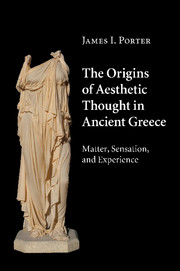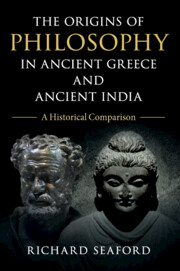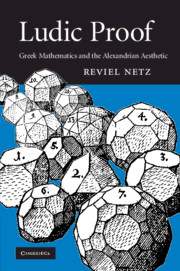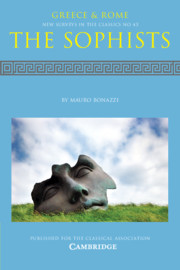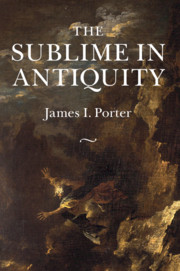The Origins of Aesthetic Thought in Ancient Greece
This is the first modern attempt to put aesthetics back on the map in classical studies. James I. Porter traces the origins of aesthetic thought and inquiry in their broadest manifestations as they evolved from before Homer down to the fourth century and then into later antiquity, with an emphasis on Greece in its earlier phases. Greek aesthetics, he argues, originated in an attention to the senses and to matter as opposed to the formalism and idealism that were enshrined by Plato and Aristotle, and through whose lens most subsequent views of ancient art and aesthetics have typically been filtered. Treating aesthetics in this way can help us perceive the commonly shared basis of the diverse arts of antiquity. Reorienting our view of the ancient vocabularies of art and experience around matter and sensation, this book dramatically changes how we look upon the ancient achievements in these same areas.
- Provides detailed reassessments of key texts from major classical authors (including Plato and Aristotle on art and poetry)
- Promotes fresh readings of minor authors from the classical canon and reinterprets them
- Offers new defining markers of cross-disciplinary aesthetic inquiry
Reviews & endorsements
'[A] remarkable book … Porter's argument is substantial: learned, challenging and, on various levels, worth serious consideration.' The Times Literary Supplement
'… a lengthy, learned, and bold book … tremendously stimulating …' Jane Heath, The Expository Times
Product details
No date availablePaperback
9781316630259
626 pages
230 × 153 × 35 mm
0.9kg
20 b/w illus. 1 table
Table of Contents
- Introduction
- Part I. Foundations: Aesthetics, Formalism, and Materialism:
- 1. Aesthetic thought in antiquity
- 2. Form and formalism
- 3. Matter and appearances
- Part II. The Nascent Aesthetic Languages of the Sixth to Fourth Centuries BCE:
- 4. The rise of aesthetic reflection in the fifth century
- 5. The evidence of Aristophanes and Gorgias
- 6. The music of the voice
- 7. The voice of music
- 8. Visual experience
- Part III. Broader Perspectives:
- 9. Sublime monuments in ancient aesthetics
- Epilogue.

